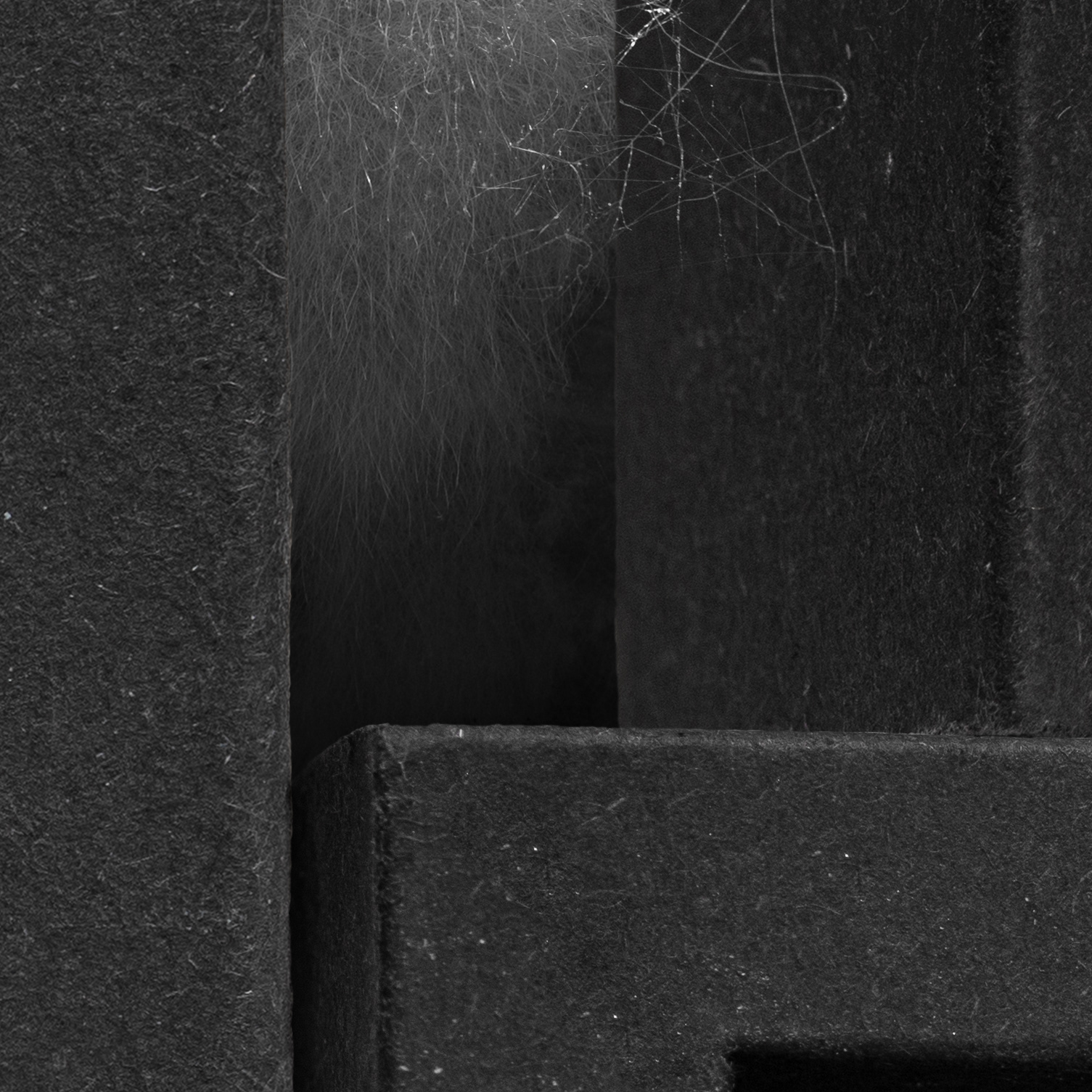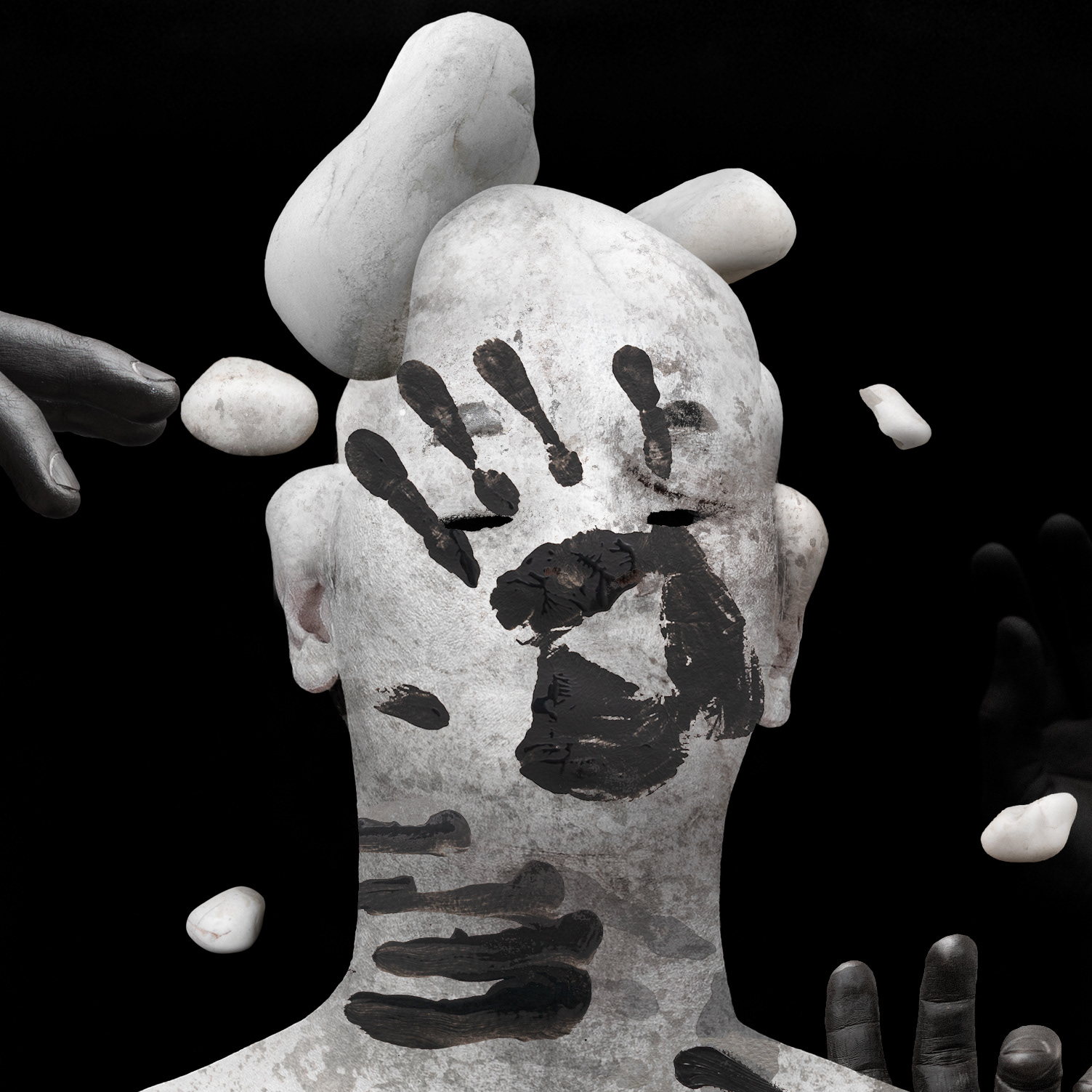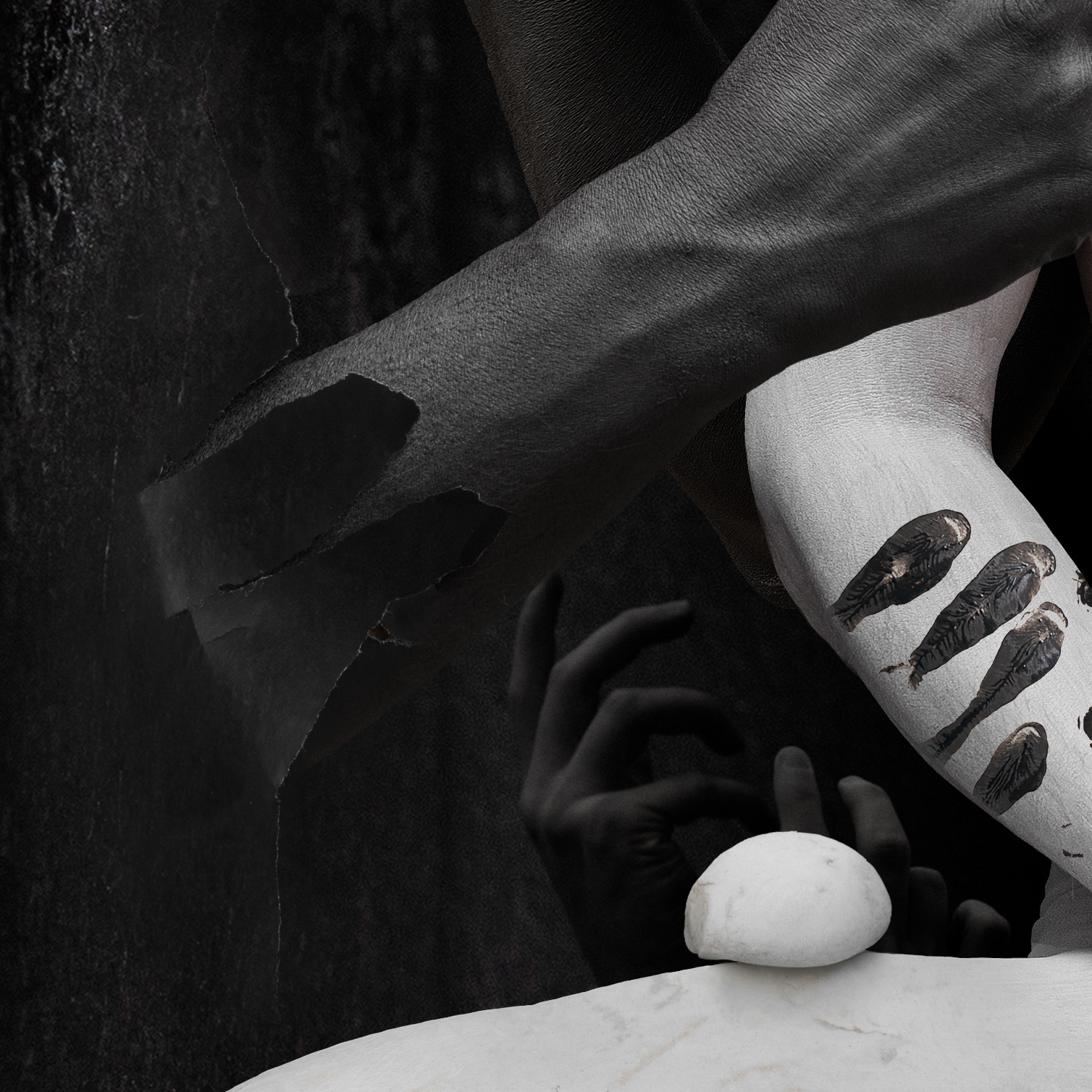Digital photography. Limited edition prints size 127х127 cm, 76х76 cm
Each of us has a unique ability to be aware of our mental activity. Perhaps we are the only species on the planet ready to learn about ourselves and the world directly without the evaluative filters of life experience. Awareness is the key and prerequisite for internal transformation. Even if you are not interested in spiritual practices, but just sometimes visit a psychologist to defuse your conflicts and traumas, you cannot do without it. The very division into mental health and spirituality is conditional. They are two parts of the same process and one cannot be effectively practiced without the other. No matter which end you start from, you will inevitably find another. When Western scholars first became familiar with early Buddhist texts, they stopped seeing Buddhism as a religion. It is based on a simple and effective practice for the development and application of our unique ability, which gives us a chance to break free from the nets of the nervous system.
Experiencing a “waterfall” is usually the first thing that most beginners encounter in the practice of meditation. Since ancient times, teachers have used this metaphor to describe the processes unfolding in perception when the first attempts to look at its contents are made. Like a spring flood that engulfs everything in its path, the stream of consciousness rushes too fast and it is very difficult to separate anything in its murky water. The more we resist it, the more persistent it becomes. Eventually, the stream of consciousness will slow down and become clearer. It will become more like a river and it will become possible to distinguish specific thoughts and feelings and even what is hidden under. Practicing further, we find a clean lake with calm water, where we will clearly see its bottom and everything in the water column.
Experiencing a “waterfall” is usually the first thing that most beginners encounter in the practice of meditation. Since ancient times, teachers have used this metaphor to describe the processes unfolding in perception when the first attempts to look at its contents are made. Like a spring flood that engulfs everything in its path, the stream of consciousness rushes too fast and it is very difficult to separate anything in its murky water. The more we resist it, the more persistent it becomes. Eventually, the stream of consciousness will slow down and become clearer. It will become more like a river and it will become possible to distinguish specific thoughts and feelings and even what is hidden under. Practicing further, we find a clean lake with calm water, where we will clearly see its bottom and everything in the water column.





